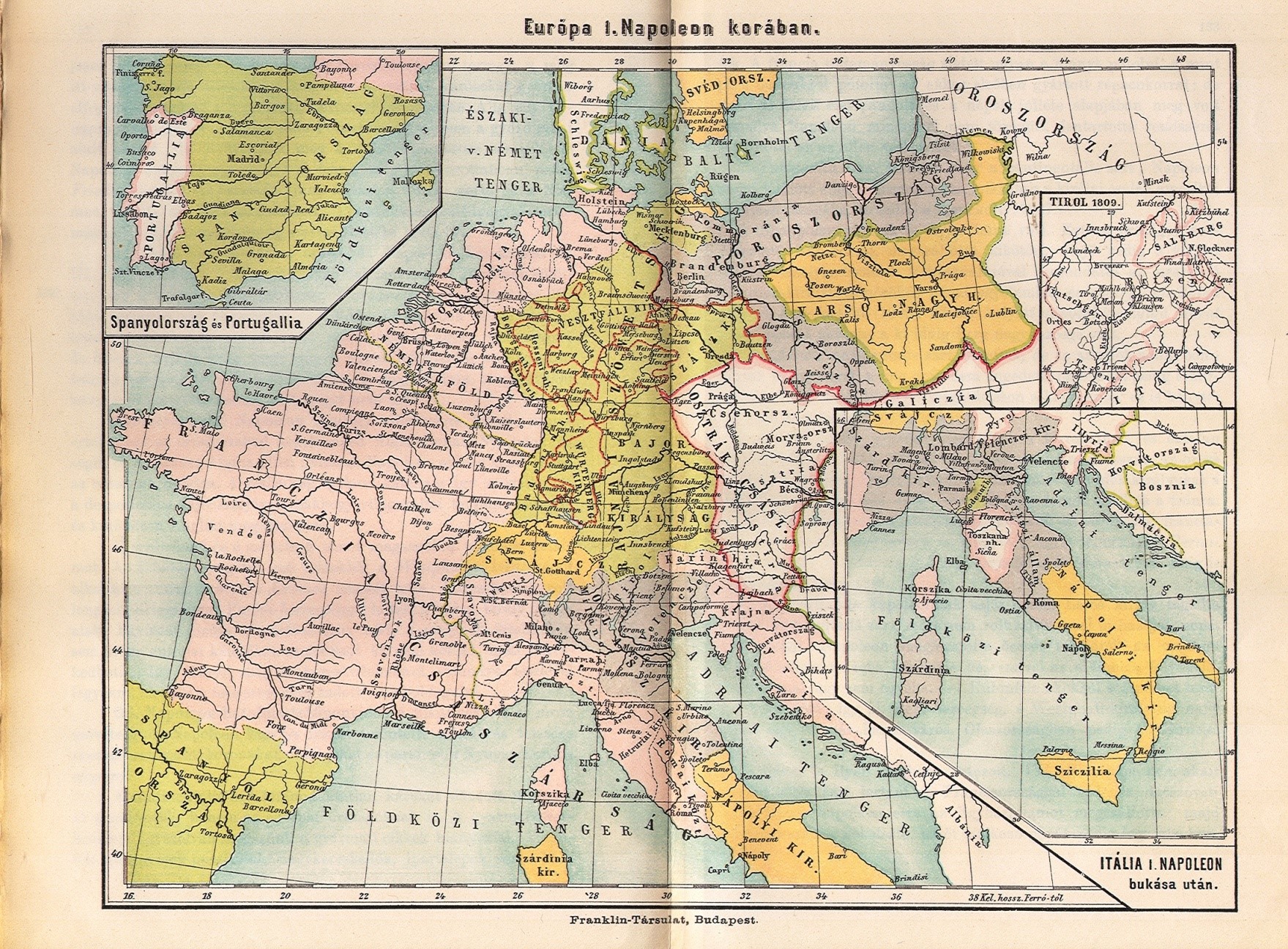A tankönyvi illusztrációk helye és szerepe a dualizmus kori hazai történelemtankönyvekben
DOI:
https://doi.org/10.15170/PAAA.2019.06.01.05Kulcsszavak:
ikonográfia, oktatás- és neveléstörténet, történelemoktatás, tankönyvelemzés, Osztrák-Magyar MonarchiaAbsztrakt
The illustrations were integral part of textbooks in Hungary at the time of the Austro- Hungarian Empire. In the framework of this study, based on this claim, we bring to light the illustrations (pictorial, graphic, cartographic, and textual illustrations) of history textbooks for the Hungarian Secondary Schools at the time of the Austro-Hungarian Empire. In the course of research on textbook illustrations we attempt to type them, determine their quantitative and qualitative parameters, as well as chart the functions of history textbook illustrations. The research focuses only universal history textbooks, which used to teach modern history from 1648 to ‘present’. In this study, we review the findings of Hungarian (published) researches on textbook illustrations, the requirements of the regulations on (history) textbooks, and curriculums for secondary schools in the observed period. The black and white pictures, chronological charts, black and white and colour maps were presented in the analysed history textbooks from the 1870s and they became common in textbooks from the 1890s. The illustrations connected with the texts of textbooks but they had chiefly emotive role in the history textbooks in the observed period.
Letöltések

##submission.downloads##
Megjelent
Hogyan kell idézni
Folyóirat szám
Rovat
License

This work is licensed under a Creative Commons Attribution-NonCommercial-NoDerivatives 4.0 International License.

